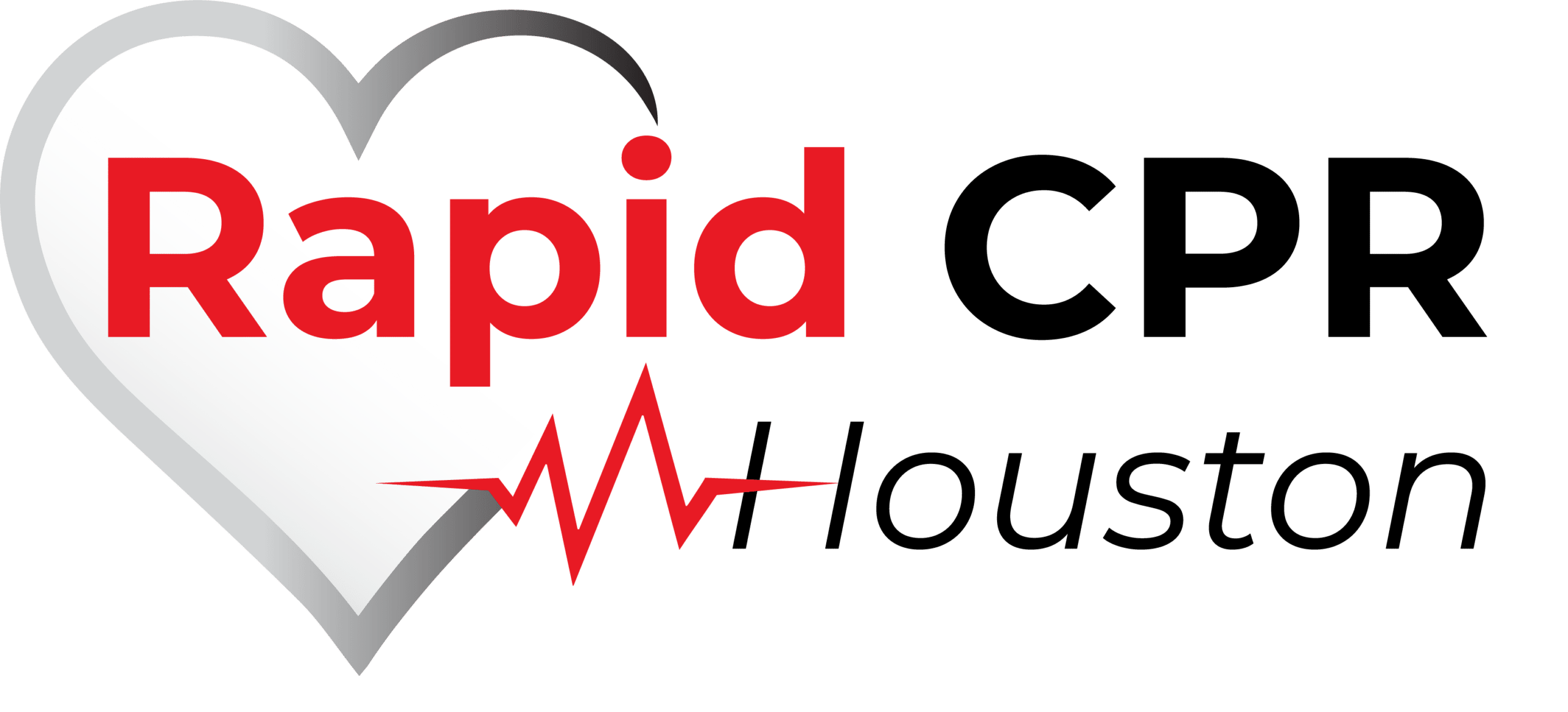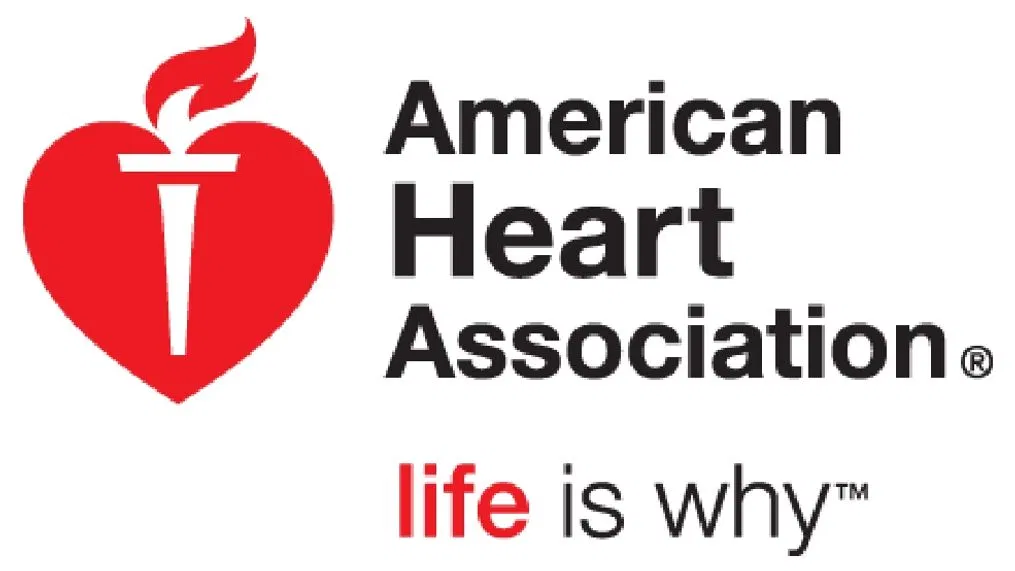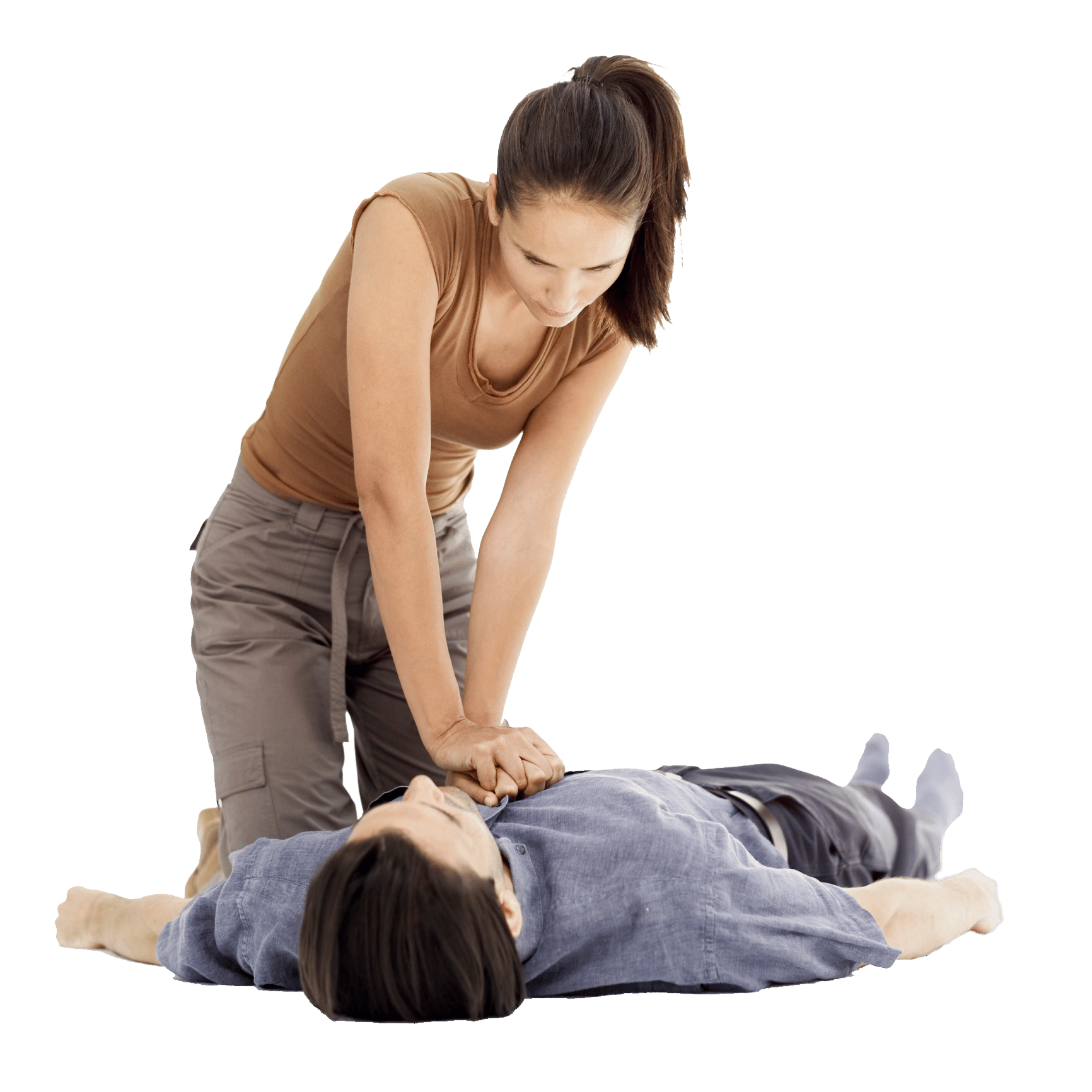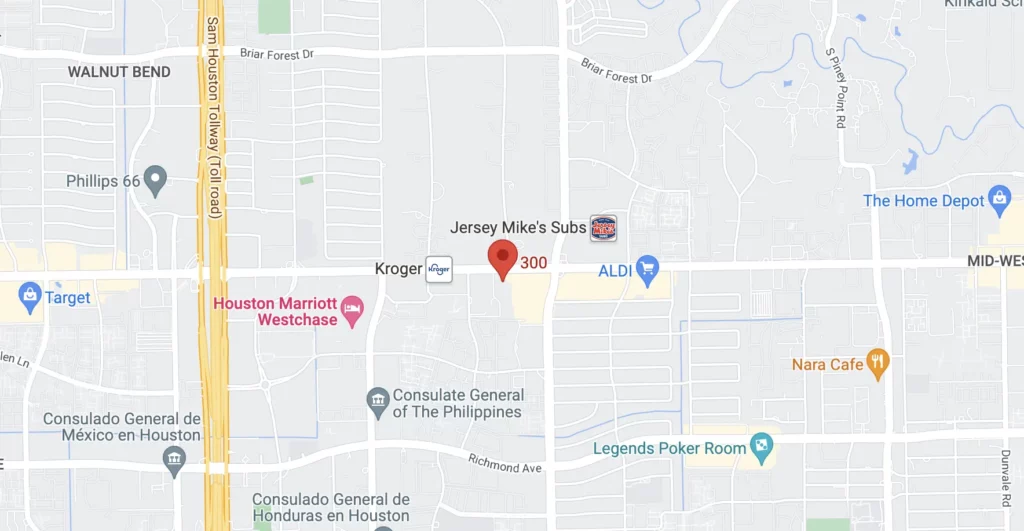Ever wondered how a sudden reaction can mean the difference between life and death during a cardiac emergency? In such pressing situations, anyone who possesses knowledge of CPR (Cardiopulmonary Resuscitation) holds the key to life-saving intervention. Conforming to an effective technique is crucial to ensuring higher survival rates, and that’s why it’s imperative you know about the American Heart Association CPR Guidelines.
In this blog post, we shift our focus to American Heart Association CPR Guidelines – an approach centred around immediate response and swift action, which has emerged as an essential skill in medical emergencies. Buckle up for some powerful insights that could empower you to save a life one day!
Understanding American Heart Association CPR Guidelines
To effectively perform CPR and potentially save a life, it is crucial to understand and follow the guidelines set forth by the American Heart Association (AHA). These guidelines are comprehensive instructions that outline the best practices for performing CPR in various emergency situations. By familiarizing ourselves at Rapid CPR Houston with these guidelines, we can ensure that our CPR efforts are effective and aligned with the most current medical recommendations.
The AHA CPR guidelines emphasize the importance of early recognition, early activation of emergency response systems, and prompt initiation of CPR. This means that as soon as you identify a person who is unresponsive and not breathing normally, it is essential to immediately call emergency services before starting CPR.
Once emergency services have been contacted, the AHA guidelines recommend initiating CPR by delivering chest compressions. This is an essential step that helps circulate oxygenated blood throughout the body until advanced medical assistance arrives.
Researchers have found that high-quality chest compressions significantly improve survival rates in individuals experiencing cardiac arrest. The AHA recommends the following key aspects when performing chest compressions:
- Depth: Depress the chest at least 2 inches for adults. This depth allows for adequate blood flow during compressions.
- Rate: Deliver chest compressions at a rate of 100–120 compressions per minute. This pace ensures effective circulation without compromising efficiency.
- Compression-ventilation ratio: For adult CPR, the recommended compression-ventilation ratio is 30 compressions followed by 2 rescue breaths.
By adhering to these guidelines and performing chest compressions correctly, you can optimize the chances of restoring blood flow and increasing the likelihood of survival.
Basic and Advanced CPR Steps
CPR techniques can vary depending on whether it is a basic or advanced procedure. The basic steps constitute the fundamental actions required for anyone, regardless of prior training, to initiate CPR and provide immediate assistance until professional help arrives. On the other hand, advanced CPR techniques are designed for individuals who have received specific training in performing more complex interventions.
The basic CPR steps include:
- Assessing the scene: Ensure it is safe for both the victim and yourself before approaching.
- Checking for responsiveness: Tap the victim gently and shout, “Are you okay?”
- Activating emergency response systems: Call emergency services or ask someone nearby to do so.
- Opening the airway: Tilt the head back and lift the chin to clear any obstructions.
- Checking breathing: Look, listen, and feel for regular breathing for no more than 10 seconds. If absent or abnormal, proceed with CPR.
- Performing chest compressions: Place the heel of one hand on the center of the victim’s chest, interlock your other hand above it, and press down firmly at a rate of 100–120 compressions per minute.
At this point, if the person is unresponsive or not breathing normally, you will immediately activate emergency response systems by calling for an ambulance. Then, open their airway by tilting their head back and lifting their chin to ensure it is clear. Proceed to check for regular breathing by watching, listening, and feeling for no more than 10 seconds.
If the person is not breathing properly or is not breathing at all, you should begin performing chest compressions by placing the heel of one hand in the center of their chest and interlocking your other hand above it. Press down firmly, allowing the chest to rise completely before releasing. Maintain a rate of 100–120 compressions per minute until help arrives.
Advanced CPR steps, which involve additional interventions such as rescue breathing and utilizing automated external defibrillators (AEDs), are typically performed by individuals who have received proper training in CPR techniques.
Circumstances for Performing CPR
Performing CPR can be a life-saving intervention in critical situations where someone’s heart has stopped beating or they have stopped breathing. It is crucial to recognize the circumstances that indicate the need for CPR and take immediate action. Let’s explore some common scenarios where performing CPR is necessary:
- Cardiac Arrest: Cardiac arrest is the sudden cessation of heart function, often caused by conditions like heart attack or arrhythmia. If an individual collapses, is unresponsive, and not breathing normally, it is essential to initiate CPR immediately.
- Drowning: When someone experiences a near-drowning incident and becomes unresponsive, initiating CPR without delay can help oxygenate their brain and improve their chances of survival.
- Choking: If a person’s airway becomes blocked due to an object lodged in their throat, CPR may be required if they lose consciousness. Before performing chest compressions, attempts should be made to clear the airway with back blows or abdominal thrusts.
- Drug Overdose: In cases of drug overdose where a person loses consciousness and stops breathing, administering CPR until emergency medical services arrive is vital for maintaining their circulation and sustaining life.
- Electrocution: Electric shocks can cause cardiac arrest. If an individual is found unconscious after an electrical accident, starting CPR right away can improve their chances of survival.
It’s important to note that even if you are unsure about whether CPR is needed, it is better to err on the side of caution and begin chest compressions immediately until professional help arrives. Remember, timely intervention significantly increases the likelihood of successful resuscitation.
CPR Techniques for Different Situations
Performing cardiopulmonary resuscitation (CPR) involves a combination of chest compressions and rescue breaths to restore blood circulation and oxygenation. The technique varies depending on the age and condition of the person requiring assistance. Let’s explore CPR techniques for different situations:
- Adult CPR: When performing CPR on an adult, place the heel of one hand in the center of the person’s chest, interlock your other hand on top, and position yourself directly over their chest. Push down hard and fast at a rate of about 100-120 compressions per minute.
- Child and Infant CPR: For children between the ages of one and puberty, use two hands to perform chest compressions. For infants younger than one year old, use two fingers to deliver gentle compressions. Maintain a compression depth of about 2 inches for both children and infants.
- Hands-Only CPR: In certain situations where rescue breaths may not be feasible or preferred, such as during the COVID-19 pandemic or if you are untrained in providing rescue breaths, hands-only CPR can still significantly improve a person’s chances of survival. Focus solely on uninterrupted chest compressions until medical professionals arrive.
- CPR with Rescue Breaths: In cases where trained individuals are available to provide rescue breaths, combine chest compressions with rescue breaths using a ratio of 30 compressions followed by 2 breaths for both adults and children.
Remember, it is crucial to push hard enough during compressions to effectively circulate blood throughout the body. Proper technique ensures optimal outcomes when initiating CPR in different situations.
Correct Chest Compressions and Breaths
Performing CPR correctly is crucial when providing life-saving aid to someone in cardiac arrest. The American Heart Association (AHA) has outlined specific guidelines for performing CPR, focusing on the correct technique of chest compressions and breaths. Let’s dive into the details of how to perform these vital components effectively.
When starting CPR, it’s essential to place the heel of one hand on the center of the victim’s chest, right between the nipples. Interlock your fingers and keep your arms straight. Positioned correctly, you should use your upper body weight to administer compressions, aiming for a depth of at least two inches for adult victims.
A good way to visualize this is by imagining the rhythm of a popular song playing in the background. For instance, singing “Stayin’ Alive” by the Bee Gees can help you maintain the recommended compression rate of 100–120 compressions per minute. This song has a similar beat and rhythm that corresponds well with the ideal speed needed for effective chest compression.
It’s crucial to allow for complete recoil after each compression; this allows the heart to refill with blood before the next compression. This recoil facilitates blood circulation, making each subsequent compression more effective.
The second component of CPR is rescue breathing. After 30 compressions, tilt the person’s head back slightly, lift their chin, and pinch their nose shut. Create a proper seal over their mouth with yours and give them two rescue breaths lasting about one second each.
By adhering to these correct techniques for chest compressions and breaths as outlined by the AHA, you maximize the chances of effectively circulating oxygenated blood, increasing the likelihood of the person’s survival.
The importance of CPR Training
CPR and first aid training can make a significant difference in an emergency situation. The importance of CPR training cannot be overstated, as it equips individuals with essential skills to provide immediate care until medical professionals arrive. Let’s examine some key reasons why everyone should consider getting CPR trained.
- Saving Lives: The ability to perform CPR effectively can save lives. In situations where a person’s heart has stopped, immediate intervention through CPR can maintain a minimal flow of blood and oxygen to the brain and other vital organs until professional help arrives. By learning this life-saving technique, you become a valuable first responder in emergencies.
- Increased Confidence: CPR training provides individuals with the confidence needed to act decisively in critical situations. Knowing how to assess an emergency, perform necessary chest compressions, and give rescue breaths empowers individuals to take immediate action without hesitation.
- Reduced Recovery Time: Administering CPR promptly can significantly reduce the recovery time for someone experiencing cardiac arrest. Quick intervention helps minimize potential brain damage due to oxygen deprivation, improving the chances of full recovery.
- Potential Accident Prevention: Understanding proper first aid techniques through CPR training also enables individuals to prevent accidents in various environments, such as homes, schools, workplaces, or public spaces. Being aware of potential hazards and knowing how to respond appropriately can help mitigate risks and promote safety overall.
- Compliance with Workplace Regulations: For those working in certain professions like healthcare or childcare, CPR certification may be a mandatory requirement. Obtaining proper CPR training ensures compliance with workplace regulations while also boosting one’s employability.
- Being a Responsible Citizen: Becoming trained in PRP reflects a sense of responsibility and care for the well-being of others within the community. By taking the initiative to learn CPR, you contribute to creating a safer environment for everyone.
Final Words
Understanding and mastering the American Heart Association CPR guidelines are invaluable skills that can make a real difference in an emergency situation. Rapid CPR Houston can assist in this quest towards preparedness and safety with our experienced instructors boasting over 30 years of teaching experience as well as hands-on cardiology experience, all dedicated to providing outstanding CPR, AED, and First Aid education services throughout Houston and its surroundings.
Are you ready to join Rapid CPR Houston in its mission of creating a safer Houston and surrounding areas? Take the first step toward certification by reaching out. Together, we can make our community safer—be that hero someone needs by becoming certified through Rapid CPR Houston now!





